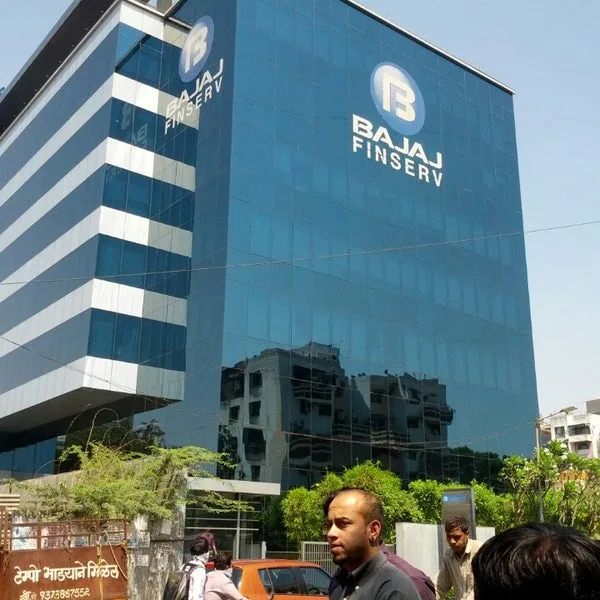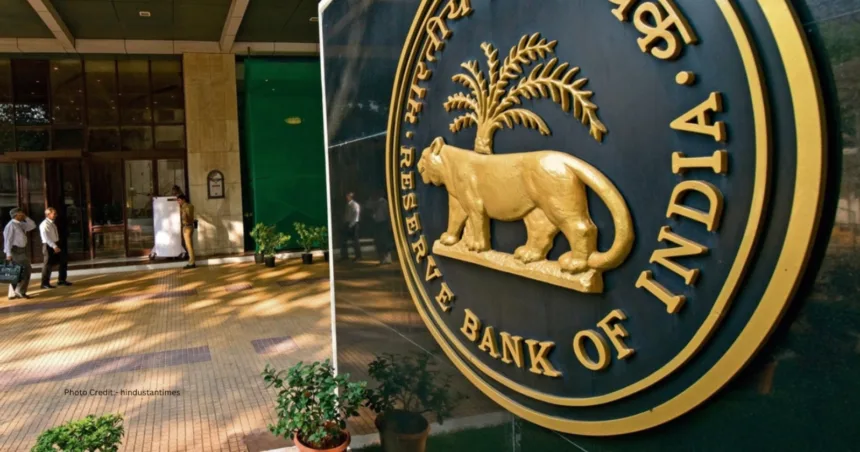Introduction
The Reserve Bank of India (RBI), flexing its regulatory muscles under section 45L(1)(b) of the RBI Act 1934, has issued a compelling directive to Bajaj Finance Ltd. Effective immediately, the company must cease the sanction and disbursal of loans under its ‘eCOM’ and ‘Insta EMI Card’ lending products. This article delves into the specifics of this move, shedding light on the reasons behind the RBI’s intervention and the repercussions faced by Bajaj Finance.
RBI’s Directive: Unpacking the Key Concerns

The central point of contention revolves around Bajaj Finance’s failure to issue ‘key fact statements’ to borrowers under the specified lending products. This lapse, coupled with deficiencies identified in the key fact statements related to other digital loans sanctioned by Bajaj Finance, has prompted the supervisory restrictions imposed by the RBI.
Deficiencies Triggering Supervisory Restrictions
Here, we explore the deficiencies identified in the key fact statements, which have led to the RBI’s intervention. Understanding these shortcomings provides insight into the gravity of the non-compliance issues faced by Bajaj Finance.
Impact on Bajaj Finance: Share Prices and Market Response

The ramifications of the RBI’s directive are palpable in the financial landscape. Bajaj Finance Ltd witnessed a downturn in its shares, closing at ₹7,223.95, down by ₹135.60, or 1.84%, on the BSE. This section dissects the market response and the immediate consequences for Bajaj Finance.
Analyzing the Market Reaction
Delve into the market’s immediate response to the RBI’s directive, understanding investor sentiment and the factors contributing to the decline in share prices.
Also Read: Gold Frenzy Fuels India’s Trade Deficit to Record-Breaking Levels 23%
Bajaj Finance’s Path to Rectification: What Lies Ahead
The RBI has clarified that the imposed restrictions will be subject to review only upon the rectification of the identified deficiencies to the satisfaction of the regulatory authority. This section explores the potential steps and strategies Bajaj Finance might employ to address these concerns.
Strategies for Compliance
An exploration of the possible strategies and corrective measures Bajaj Finance can adopt to rectify the identified deficiencies and regain regulatory approval.
Expert Opinions: Industry Perspectives on RBI’s Move

Financial Analysts Weigh In
Insights from financial analysts providing their perspectives on the RBI’s directive, its impact on Bajaj Finance, and potential reverberations in the financial sector.
Assessing Market Sentiment
An exploration of market sentiment through the lens of expert opinions, shedding light on investor confidence and potential shifts in the financial landscape.
The Silver Lining: Opportunities Amidst Challenges

Innovations in Digital Lending
Despite the challenges, the article highlights potential innovations in digital lending spurred by regulatory scrutiny, paving the way for a more robust and consumer-friendly lending landscape.
Fostering Responsible Lending Practices
An exploration of how regulatory interventions can catalyze positive change, encouraging financial institutions to adopt responsible lending practices.
FAQs
Q: What led to RBI’s directive to halt Bajaj Finance’s ‘eCOM’ and ‘Insta EMI Card’ loans?
A: The RBI raised concerns over Bajaj Finance’s failure to issue ‘key fact statements’ to borrowers, a requirement under the digital lending guidelines.
Q: How did the market respond to the RBI’s directive?
A: Bajaj Finance’s shares saw a decline of 1.84% on the BSE, reflecting the market’s immediate reaction to the regulatory intervention.
Q: Can Bajaj Finance resume its lending operations immediately?
A: No, the RBI’s restrictions will only be lifted upon the rectification of identified deficiencies to the satisfaction of the regulatory authority.
Q: What are the deficiencies identified in Bajaj Finance’s key fact statements?
A: The article explores deficiencies in key fact statements related to digital loans, providing insights into the regulatory concerns.
Q: How can Bajaj Finance regain regulatory approval?
A: Strategies for compliance and rectification are discussed, shedding light on the path Bajaj Finance might take to address identified deficiencies.
Q: What is the immediate impact on Bajaj Finance’s market position?
A: Bajaj Finance witnessed a 1.84% decline in share prices on the BSE following the RBI’s directive.
Conclusion
In conclusion, the RBI’s directive to halt Bajaj Finance’s ‘eCOM’ and ‘Insta EMI Card’ loans underscores the regulatory challenges in the digital lending landscape. Bajaj Finance now faces the dual task of rectifying identified deficiencies and navigating the path to regulatory compliance.






